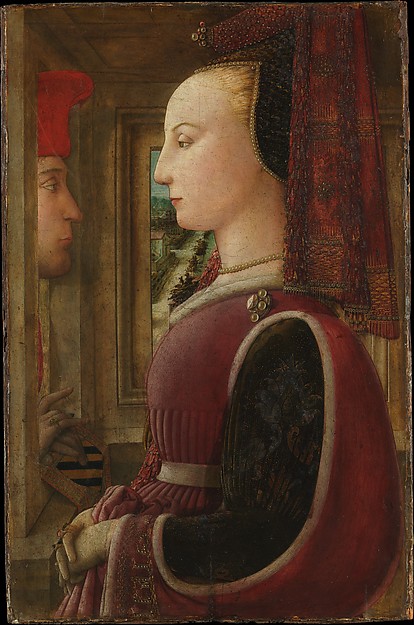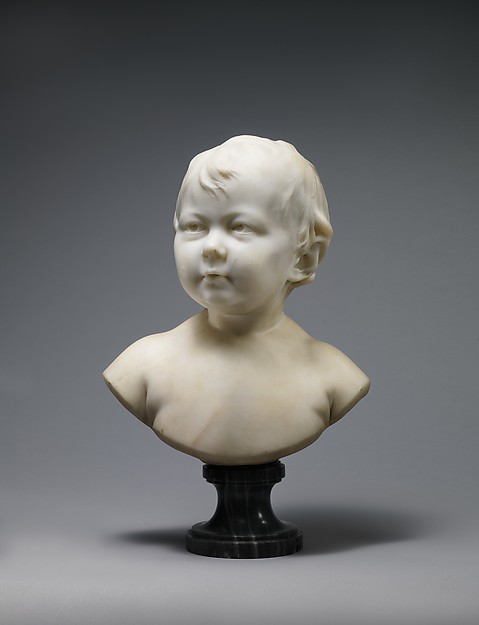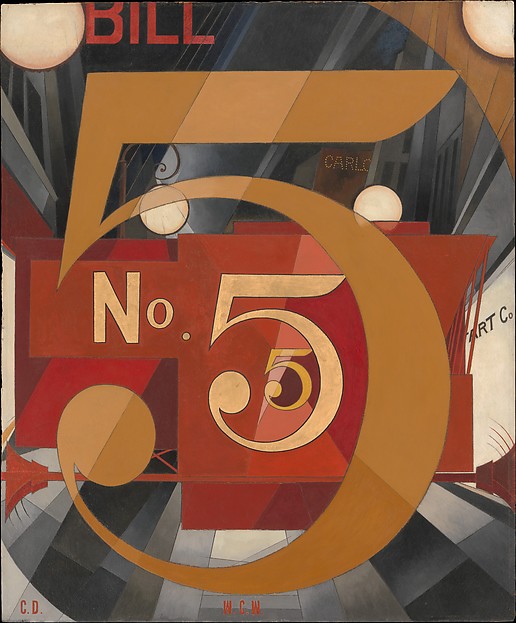Self Portrait, circa 1441-1447, by Filippo Lippi
Filippo Lippi – 1406 Florence to Sunday 8 October 1469 Spoleto
Italian Early Renaissance Painter

Last Monday’s Artist – Peter Paul Rubens
Next Monday’s Art – Abstract Expressionism: Action Painting
“Monday Morning Museum” logo created by Adrean Darce Brent
Italian Early Renaissance Painter
Portrait of a Woman With a Man at a Casement, circa 1440

"This is the earliest surviving double portrait in Italy, the first to show the sitters in a domestic setting, and the first with a view onto a landscape. The woman, dressed luxuriously ala francese, her sleeve embroidered with letters spelling "faithful" (lealta), is observed by a man—her betrothed or lucky possessor?—appearing at a window, his hands on an identifying coat of arms. The two figures may be Lorenzo di Ranieri Scolari and Angiola di Bernardo Sapiti, who were married about 1439. Lippi’s task was complicated by the Italian preference for the profile view." – Metropolitan Museum of Art
Last Monday’s Artist – Peter Paul Rubens
Next Monday’s Art – Abstract Expressionism: Action Painting
“Monday Morning Museum” logo created by Adrean Darce Brent






















.jpg)


